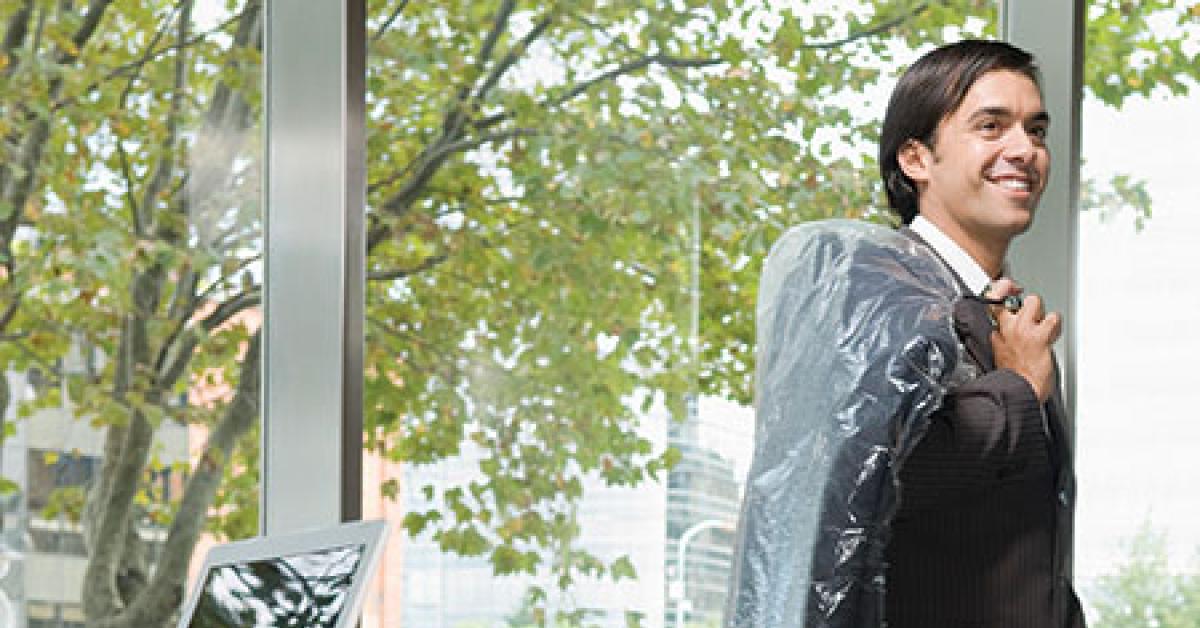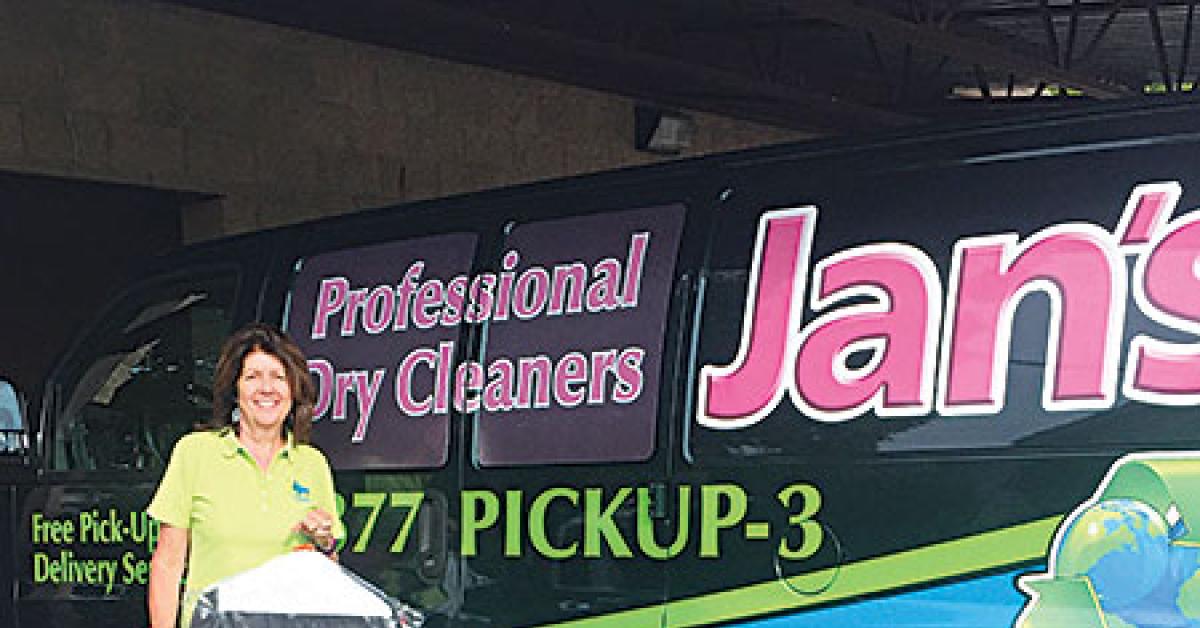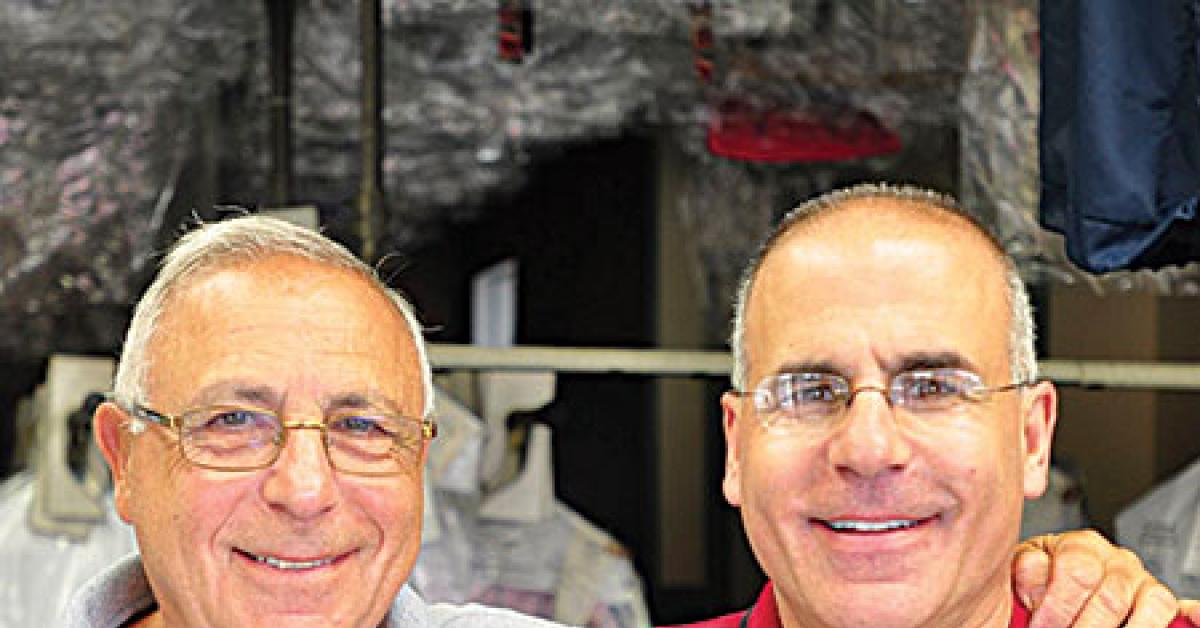CHICAGO — “The drycleaning business is no different than any other business,” says Jan Barlow, owner of Jan’s Professional Dry Cleaners in Clio, Mich., north of Flint. “If you don't embrace the new technology and keep reinventing your business model, you will be left in the dust.”
Barlow is one of several members of the fabricare industry American Drycleaner talked with this month to get their opinions about the state of the industry.
“Everyone still has to wear clothes, sleep in bedding and adorn their living spaces,” Barlow says. “Everything needs to be maintained. Some pieces are disposable, but at this stage in the game, we are repurposing what can’t be maintained.”
Jan’s Professional Dry Cleaners was started from scratch in 1982, says Barlow, a former school teacher who endured several local recessions. “Clio is a suburb of Flint, Mich., currently making national news with the lead water crisis. Over the past 30 years, as the American auto industry diminished, so did the population of this area.”
She notes that: “I was early on the scene for delivery service because, as a teacher, I could never get to the cleaners. I loved draperies, which led to developing in the insurance restoration business. I loved vintage garments and fixing old items, which further helped in restoration and bridal restoration.”
The drycleaning industry is dealing with new technology and new ways to connect with people but the good ol’ basic rules of politeness and cheerfulness never fade, particularly in this business of working personally with clients and their clothing.
“Apply the Golden Rule,” Barlow says. “Treat people the way you want to be treated. Use all the technology available to communicate.
“Treat your staff well, give them the tools they need, kept in good working condition. That’s how the word gets out about your business.”
To gain new prospects, she insists, “There is no one answer or one way to attract new customers. Be passionate about what you do. That enthusiasm sells!”
Craig Goulian, owner of Emerson (N.J.) Cleaners, sees the industry picture this way: “We need a way to reach the next generation that’s just starting out: social media, Facebook, mobile websites. This is the way they live, everything online.
“We need to connect. But the future is bright,” he insists.
Now the third generation in his family’s drycleaning business, Goulian says it serves an upscale market. “Because I try to keep the size of the company at a reasonable level, we don’t try and get every piece possible.”
His family business has been around since 1903, according to the company’s website.
“I want to serve those customers who want exceptional service and are willing to pay for it,” says Goulian.
The industry, as Goulian sees it, is in a state of what he terms “uncertainty.”
“There are the massive discounters and those entering the business without any idea of how the business works,” he says. “I think the market will always be strong for the ones who know what they are doing, use their expertise, aren’t afraid to invest, and accept new technology, either on the dry- or wetcleaning side or with bar codes and computers.”
The well-known phrase, “Youth must be served,” is beginning to come true for the drycleaning industry as a new generation of owners and operators solve problems using new marketing and social skills.
Columbia/ILSA Drycleaning Machines, West Babylon, N.Y., is a drycleaning machine developer in its 30th year as North American distributor for ILSA S.p.A. Steve Langiulli, Columbia’s president, says, “The newer generation is using more social networking to attract new customers.”
He further points out that: “Most of the older dry cleaners had signs in their windows. Today, there’s more marketing. Owners are trying different things. Volumes in shops have dropped, so drycleaning sales have gone down.
“People with their eye on the ball are branching out to other services such as shoe repair, rug cleaning and more.”
Langiulli recently visited a shop in Detroit that was filled with sneakers.
“The owner had hundreds of sneakers customers wanted cleaned. Nice sneakers, too, probably cost several hundred dollars a pair. He was cleaning these sneakers at about $30-50 a pop, and all cleaned by hand,” he relates. “There was a market there — and he tapped it.”
Passion, quality and convenience are on the lips of many in our industry. Technology now plays an even bigger role in how drycleaning operators navigate the many communications and delivery channels.
Fred Schwarzmann, president of Kearny, N.J.-based stain removal products maker A.L. Wilson Chemical Co., believes consumers will continue to choose their dry cleaners based on garment quality, convenience, customer service and price.
“As dry cleaners better differentiate their businesses, consumers will be able to make more educated decisions about which dry cleaner to use,” he says.
“Technology — meaning social media, websites, paid-search databases, crowdsourcing, etc. — will continue to play a critical role in a dry cleaner’s ability to brand, market, and differentiate their businesses.”
Schwarzmann’s company, located in a suburb of Newark, designs, manufactures and markets stain removal agents, selling them through distributors to dry cleaners and launderers around the world.
“Our products are widely recognized to completely and safely remove stains from fabric,” he says. “Several of our proven formulas have been in use for over 85 years.”
He believes that, in the future, the drycleaning industry will be more eco-friendly than it is today. Existing regulations will tighten, and new regulations and restrictions will be added. Operators will need to become more environmentally conscious.
“At first glance, this might appear to be unrelentingly bad news. But to find the silver lining hidden in this regulatory storm, look at what is happening in California today,” Schwarzmann says. “Yes, perc is being driven from the market, but eco-friendly alternative solvents have been developed that allow dry cleaners to continue to offer the high quality cleaning their customers desire.”
At the same time, manufacturers of stain removers have responded to the California ban on the sale of traditional Paint, Oil and Grease (POG) removers and Volatile Dry Spotter (VDS) by developing new stain removers that meet strict environmental restrictions without sacrificing effectiveness or garment safety.
“The choice dry cleaners face today, both inside and outside California,” he says, “is either to react only when forced to, or to gain a competitive advantage by proactively embracing their more eco-friendly future.
“Consumers are already looking for eco-friendly dry cleaning.”
Check back Thursday for the conclusion.
Have a question or comment? E-mail our editor Dave Davis at [email protected].



